Kashmir has been the crest of India’s geopolitical problems, quite literally, occupying the geographical head of the country. Majority of the problem is maintained so by producing a selective propagandist hegemony and discourse by vested interests. A crucial step in this direction is to promulgate discourses about Kashmir that in many ways alienate its culture and history from the rest of the nation. Unverified statements and knee-jerk reactions in the media only help to aggravate the situation of a lack of understanding about the region. Any attempt to present a more holistic version of the culture and history of Kashmir that is integrated to the rest of India is frowned upon as not being academic and scholarly, and if such presentation draws from traditional Sanskrit sources, it is alleged that such a presentation can never be considered historical.
Through The Making of Early Kashmir, Shonaleeka Kaul, who teaches in the Centre for Historical Studies, Jawaharlal Nehru University, New Delhi, deftly presents a new discourse on Kashmir’s culture and history and successfully argues not only that a traditional Sanskrit text can indeed function as a historical text, but that the very fact that such a text is in Sanskrit and is traditional should be testament enough that it is history. This book is the result of twelve years of in-depth study and analysis of a Sanskrit text, Kalhana’s Rajatarangini, which Kaul discovered to be first poetry, and on that account, also history. Kaul argues that Kalhana’s vision behind the text is based on ethics and morality. She also argues that Kalhana did not just create history but he also created a particular region for that history or time. According to Kaul, Kalhana created Kashmir’s identity as a homeland through Rajatarangini. Thus personal identity was fused with regional identity and the region attained a self-identity. Kaul describes through her work how cultural identities take shape. She argues that the shaping of cultural identities is closely connected with the creation of a homeland and the receiving of history.
This work chronicles early Kashmir’s anthropology, geography, and history. Kaul adopts an interdisciplinary perspective in doing so. She attempts to interpret the values of Kashmir from its beginnings to the 12th century CE. She studies temporality, spatiality, and identity in early Kashmir through texts and practices. She considers Rajatarangini to be one of the earliest engagements with the self-identity of Kashmir. Kaul critiques the position that Rajatarangini is important only because it is considered to be the first or probably the only work on history in Sanskrit. She argues that such a view is due to the fact that historians want to imitate the Western paradigm of scholarship. Kaul argues that Rajatarangini is important as a literary work and just the historical information and meanings it preserves should not be given precedence over its literary value. She attempts to revive this text in its literary culture. She re-examines the relationship between language and space. Kaul critiques Sheldon Pollock’s binary of ‘cosmopolitan’ and ‘vernacular’, and situates Rajatarangini as a literary representation of a regional space in a ‘cosmopolitan’ language, Sanskrit.
Kaul argues that Rajatarangini is not just political history but the chronicling of ideas and culture. She shows how an epic poem is not just a storehouse of history but a dynamic mode of representation that curated the past for the audience. She also shows how textualization and cultural practices give meaning to a particular region. She also attempts to understand Sanskrit culture through this text. She argues that the text is highly judgemental of the ethics of political authorities. Kaul approaches the study of the text from three different perspectives of space, time, and a combination of space-time. She argues that while historians obsess over temporality, spatiality gives visibility to time and should be given equal importance. She argues that Rajatarangini transformed abstract space into Kashmir. Kaul also goes beyond the text and examines other aspects of cultural identity such as archaeology, art, script, and language.
Kaul critiques how Kalhana’s poetics has been dismissed or ignored and only his historiography has been acclaimed. She argues that instead of seeing Kalhana’s Rajatarangini as a whole, scholars have segmented it, taking some parts in contradistinction to others, and simultaneously upholding certain sections of the text, and discarding the others that did not fit into the rhetoric of being historical. Thus literature, in this case, poetry, was relegated to an inconsequential position. By bringing this insight, Kaul draws the reader’s attention to a great problem of historiography, where literature is not considered an authentic piece of evidence. This becomes more complicated while chronicling histories of communities that only have oral traditions to relate to and not written texts or other evidence. In view of the rise of studies in oral history, Kaul’s work makes us revisit the very idea of doing history and encourages us to bring into play as many sources as possible while writing history.
Kaul argues that Rajatarangini might not be the first chronological account with dates in Sanskrit, rather it might be one of the last. She also contends that the linearity of history is seldom questioned and argues in favour of the circularity of time and the concept of aeons or yugas. She critiques the logical inconsistency in scholars denouncing Kalhana’s acceptance of mythological models of chronicity while accepting his recording of dates. Kaul questions the approach of always holding the mythical and poetic accounts to be fictional.
With a fresh language and arguments that make the issue at hand deceptively simple, Kaul shows the reader that the segregation of factual and fictional history is a relatively recent phenomenon even in the West and critiques its imitation by Indian scholars completely in contrast with ancient ways of historicising. She traces the imperial and colonial roots of such an approach to history and disagrees with leading historians like R.C. Majumdar and Romila Thapar, who have subscribed to this method. Kaul reminds us that history need not have a single mode and that ancient traditions like the Indian ones had numerous ways of doing history. Kaul’s arguments are effective because of her excellent scholarship and also because of her roots in the land, Kashmir.
Kaul questions the undue importance given to objectivity that is avowedly a historian’s foundation of truth but constantly eludes the historian’s grasp. She also critiques the selective resort to causality when historians distinguish causes for events as rational and non-rational, and where traditional or received causes such as divine forces are seen as illogical. According to Kaul, such a selective approach ignores the complexity of a traditional causal vision. Kaul argues that Kalhana shows these causes to give a moral dimension to events. Kaul attempts to rescue the literature that is Rajatarangini from the historical covering it has been given so often. Kaul has successfully proven that traditional Sanskrit poetry, kavya, has great potential to tell history as do other genres of Sanskrit literature.
This is the first such interdisciplinary interpretive synthetic study of a Sanskrit epic poem. Kaul has successfully brought out the symbolic world out of the text. She provides the reader with fresh hermeneutical devices to relook the identity of the region called Kashmir. Thus, she gives a fresh perspective on the problem of historicising in India. Kaul has provided enough material for bringing history out of the rich literary oeuvre of ancient India. She has opened up a path for writing history from literary sources without neglecting the varied literary devices and explanations but reading historical meanings into them. Kaul has the courage and clarity to call the bluff of many noted historians, though their rationale is couched in apparent logic. She emboldens fellow historians to transcend conventional notions of historicality and encourages them to venture into newer modes of interpreting texts to write history.
For anyone interested in the interpretive reading of an ancient text and for scholars interested in temporality, spatiality, culture, and the interpretation of Sanskrit epics, this book would prove to be an invaluable treasure.

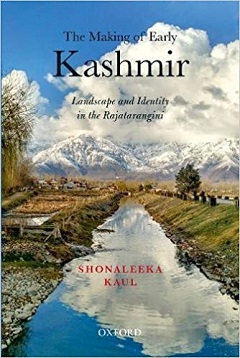


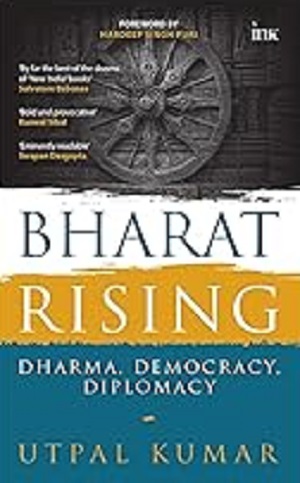
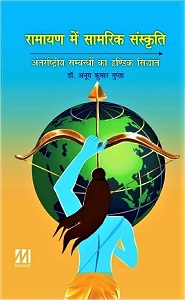
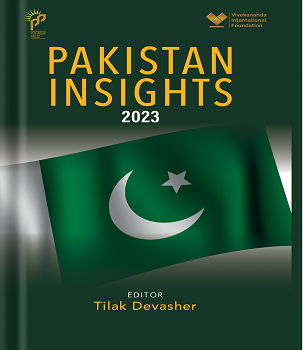
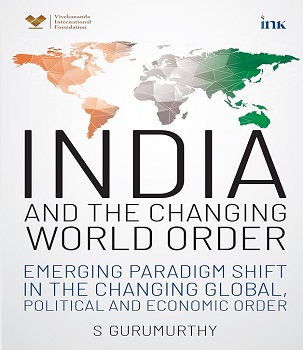
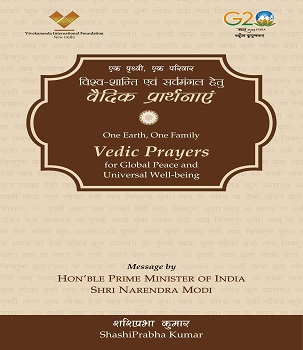
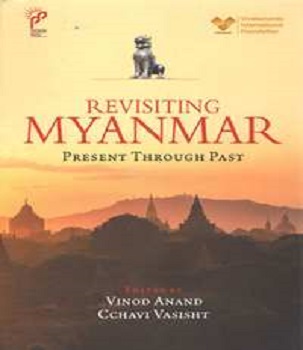
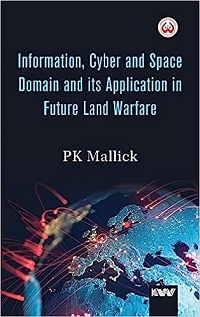
Post new comment